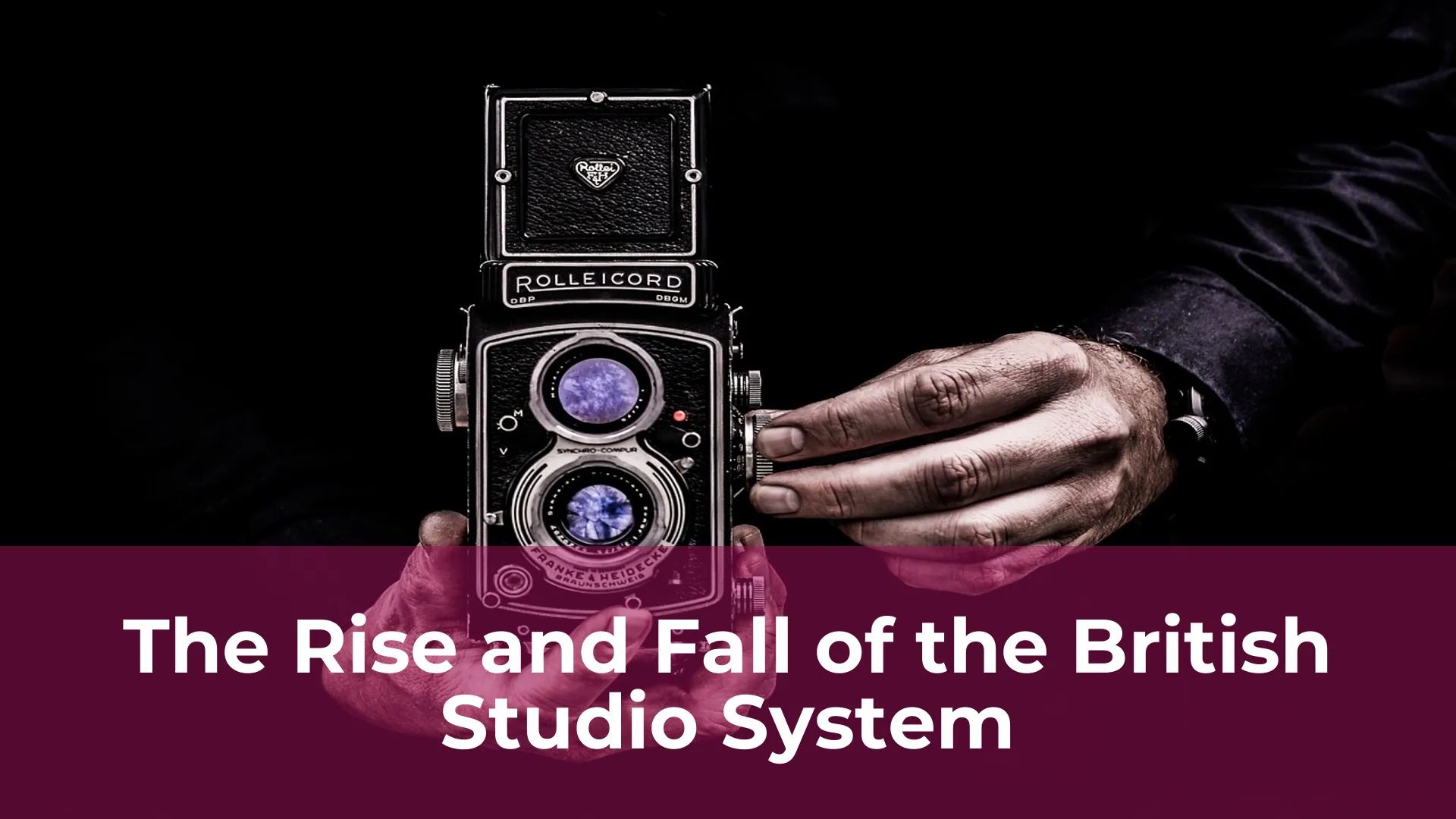The British studio system was once a force to be reckoned with in the film industry, producing iconic films and nurturing some of the most talented actors and filmmakers of all time. From the early days of Ealing Studios to the heyday of Pinewood and Shepperton, the British film industry was a major player on the global stage, competing with the likes of Hollywood and French cinema for critical acclaim and box office success.
However, the decline of the studio system in the 1960s and 70s was swift and severe, as changing audience tastes and a lack of investment led to a decline in quality and popularity. Many studios were forced to close or downsize, and talented filmmakers and actors were forced to look elsewhere for work. Despite the occasional success story, the British film industry struggled to regain its footing in the following decades, and it wasn’t until the 1990s and 2000s that a new generation of filmmakers and studios emerged to revitalize the industry.
The Origins of the British Studio System
The British film industry has a rich history, and one of the most significant aspects of that history is the Studio System. The Studio System refers to the organized and centralized approach to filmmaking that dominated the British film industry during the 1930s and 1940s.
The origins of the British Studio System can be traced back to the early twentieth century, when the British film industry was struggling to compete with the American film industry. In response, a group of filmmakers and producers banded together to form a collective that could rival Hollywood. This led to the creation of the Associated British Picture Corporation (ABPC) in 1927, which became the first major British film studio.
Throughout the 1930s and 1940s, the Studio System in Britain became more and more prevalent, with studios such as Pinewood, Shepperton, and Ealing gaining prominence. They developed a highly structured approach to filmmaking, with each studio focusing on a particular type of production. For example, Ealing became known for its comedies, while Shepperton specialized in lavish costume dramas.
The Golden Age of British Film Studios
The British film industry has seen its fair share of ups and downs over the years, but the 1940s and 1950s are known as the Golden Age of British Film Studios. During this time, British studios produced some of the most iconic and influential films in cinema history. From Ealing comedies like “Kind Hearts and Coronets” and “The Lavender Hill Mob” to stirring dramas such as “Brief Encounter” and “The Third Man,” these films captured the imagination of audiences around the world.
The Impact of World War II on British Film Production
The Second World War was a pivotal moment in British history, and the film industry was no exception. With the country in the midst of a global conflict, film production faced many challenges that impacted the industry for years to come.
During the war, many British filmmakers were called up to serve in the armed forces, leaving a shortage of experienced personnel behind. This resulted in a decline in film production, with many studios struggling to produce new work. Additionally, the war effort diverted resources and funding away from the film industry, making it harder for studios to secure the necessary materials and equipment needed for filmmaking.
Despite these challenges, the war also brought about new opportunities for filmmakers. The government recognized the power of film as a propaganda tool and used it to rally the British people behind the war effort. This led to the creation of films such as “In Which We Serve” and “The Way Ahead”, which not only boosted morale but also helped to promote a sense of national unity and pride.

